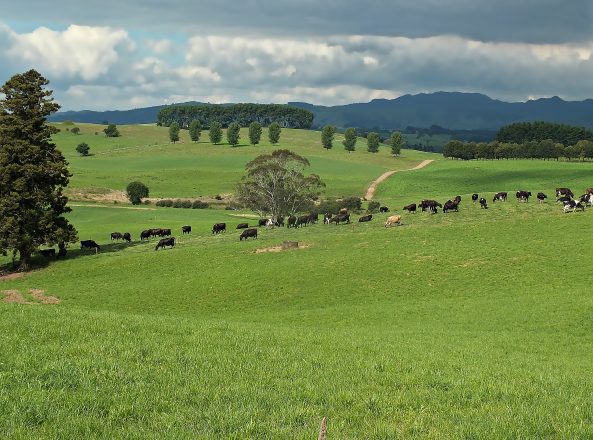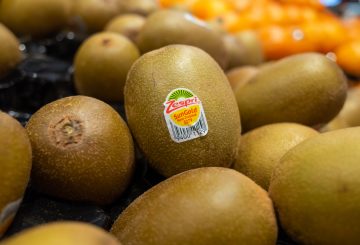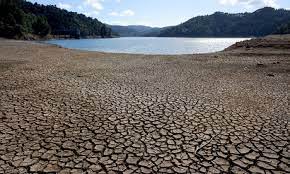다음 주부터 뉴질랜드 지방에서 열리는 일련의 회의를 통해 농장 내 배출량을 어떻게 부담할 것인지에 대해 논의할 예정이다.
2019년 정부는 2025년부터 배출량에 대한 부담금이 부과될 것임을 발표했으며, 유예기간 동안 업계에게 배출량을 측정하고 그 금액을 책정하는 방법을 개발할 것을 요청했다.
Dairy NZ 및 Beef and Lamb NZ와 같은 그룹을 포함하는 업계 파트너십 He Waka Eke Noa는 배출량에 대한 두 가지 방안을 제시했으며, 다음 주에 시작되는 전국 로드쇼에서 농민들에게 발표할 예정이다.
옵션 1: 순배출량에 대해 농장 수준에서 지불한다.
옵션 2: 농장으로부터 수령한 제품의 수량을 기준으로 계산한 배출량에 대해 가공(처리) 수준에서 지불한다.
He Waka Eke Noa는 이 사안을 로드쇼에서 논의한 후 4월 중 최종안을 정부에 제출할 것이다.
만약 정부가 이를 승인하지 않으면 농업 배출권은 NZ 배출 거래 무역 제도에 준하여 따르게 된다.
그러나 현재 전국이 Covid-19 신호등 시스템의 빨간불 설정에 따라 일부 회의는 온라인으로 변경되었으며 다른 회의는 일주일 가량 지연됐다.
Beef and Lamb NZ의 Andrew Morrison 회장은 로드쇼 준비를 조정하는 데 필요한 시간 때문에 전체 일정을 조정하고 있다고 말했다.
Andrew Hoggard 농민회장은 농번기에 열리는 로드쇼에 참여하는데 어려움이 따른다고 밝혔다.
“우리가 배출량 부담금에 제대로 대응할 수 있도록 Covid-19 신호등 시스템의 주황불로 변경될 때까지 마감일을 4월 30일로 연기하도록 총리에게 요청했다.
우선 적절한 논의 과정과 피드백을 주고 받을 수 있는 기회가 확보돼야 하며, 토론은 대면으로 진행돼야 한다. 시골 일부 지역은 인터넷이 고르지 않으므로 온라인으로 실시하는 것은 불공평하고 비현실적이기 때문이다.”
또한 뉴질랜드 국민 모두가 Covid-19으로부터 안전을 유지하고 잠재적인 ‘확산’을 피하도록 요구받는 상황에서 농민들과 관계자들에게 회의에 참석하기를 기대하는 것은 무리라고 덧붙였다.
현재 총리는 이에 대한 답변을 준비하는 중에 있다.
한편 Hawarden 양, 쇠고기, 사슴 농장주 Andrew Rutherford는 두 가지 선택지를 검토했으며 지역 회의에 참석하기를 고대하고 있었다면서 “답변을 기다리고 있는 많은 농민들 중 한 사람으로서, 이 사안은 정말로 복잡하기 때문에 먼저 이해하려고 노력하는 것이 중요하다고 본다. 가장 중요한 것은 비용을 아는 것이다. Rutherford가 두가지 대안 중 하나를 선택해야 한다면 농민들이 배출량을 상쇄하기 위해 한 일을 감안해 농장이 부담금을 내는 쪽이어야 한다”고 밝혔다.
“탄소발자국을 줄이는 일의 중요성과 그 이점에 대해 잘 알고 있다. 우리는 마케팅에 있어 저탄소 정책을 긍정적으로 사용하는 Merino NZ를 통해 양모를 판매하고 있다.
또한 우리 농장에는 큰 토착림이 있으며 아버지께서 수년 동안 나무를 심는 데 집중해 왔다. 만약 이에 대한 적절한 보상이 주어진다면 다른 농장에서도 이를 시행하게끔 장려할 수 있을 것이다.”
North Canterbury 농업 지도자 Winton Dalley씨는 그동안 He Waka Eke Noa에 대해 별로 주목하지 않아 왔지만, 지역 내 농부들에게 온라인이든 직접 회의든 최대한 많이 참석하도록 독려하고 있다고 말했다.
“현재까지의 정책안들은 올바르지 않다고 생각한다. 물론 모두가 최선의 노력을 다했으리라 믿지만 현실적으로 두 가지 방안 모두 농업민들에게 불공평하다. 지금 관계자들이 다루고 있는 문제는 이전 정부가 농업 배출량을 파리 협정에 따라 제한시켜둔 것이다. 이를 뒤집기는 어려워 보인다. 축산 탄소 배출량과 농가 탄소 배출량이 정확하고 공정하게 처리되지 않는 것이 가장 큰 문제다.”
이어 Dalley씨는 시간을 되돌려 처음부터 다시 시작하고 싶다고 덧붙였다.
“관련 부처와 정부가 기존에 완료된 건에 대해 재검토하기는 어렵다고 본다. 따라서 현실적으로는 제출된 대안 중에 하나를 선택할 수 밖에 없을 것”이라면서, “대다수 농민들은 과학적인 전문 지식이 없어 그간의 과정을 이해하지 못하고 간과해왔으며 이에 대한 책임이 있다. 되도록 많은 농민들이 회의에 참석하여 현 사안에 대해 충분히 이해하는 것이 중요하다”고 당부했다.






























































